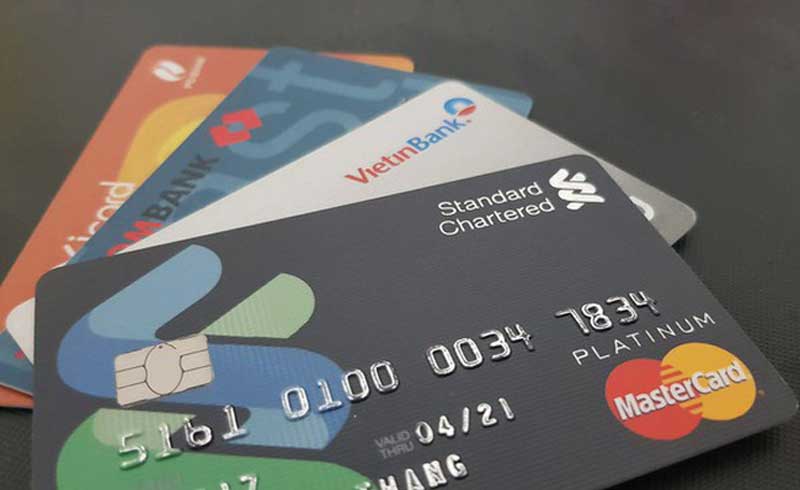4 effective money saving tips
We are all busy: with our spouse, children, friends, work, pets, dishes, laundry…. And for a lot of us, at the bottom of the list is saving money.
With so many simultaneous needs demanding our attention and wallets, it’s hard to prioritize the future.
What is the solution? It’s about not having to think about saving money. In other words, it’s about automating your savings.
Financial consultant Peter Campbell says: “Automating savings means you don’t have to remind yourself every time you get a paycheck to save money. Often, if we don’t intentionally automate our savings, we lose track of where our money went and end up saving no more.”

Gone are the days of saving at the end of the month, instead automatic savings will help you save as soon as you get paid and manage your finances a lot better. Illustration
Here’s why automating your savings is a good idea.
Why should you automate your savings?
Automate your savings aka “pay yourself first”.
While it may sound a bit odd, the concept makes sense: instead of shopping or eating as you get paid, you first put a certain amount of money into your savings account to make sure it doesn’t matter. Either way, you’ll always save money every month.
Thanks to technology, implementing this strategy is easier than ever. You can create an automatic transfer to your savings account weekly, biweekly or monthly.
What will you gain if you follow this strategy?
No budget worries: When you know your savings goals will automatically be met, you don’t need to worry about whether or not you should splurge on that fancy coffee today.
“Automated savings are key because they allow you to avoid budgeting altogether,” says Mike Morton, a financial advisor. You can automatically save towards your long-term spending goals each month, and whatever’s left in your account is free to spend without hesitation.”
Remove the human element: We like to spend money, we get tired, we make mistakes – in other words, we are human.
“We are faced with countless decisions every minute of every day, and we can get decision fatigue,” says Eric Roberge, a financial planner. That’s when we start to make ill-informed decisions because we’ve used up all of our available sanity… By eliminating the need to decide to move money into savings, it’s much easier to get a refund. much more targeted.”
Limit lifestyle inflation: It happens to a lot of us: When we earn more, we spend more. Obviously income increases, but you still don’t see the money. Automatically saving a percentage of your income can help prevent this. That’s why you should switch from the traditional model (earn, pay expenses, save what’s left) to one that puts your future first: earn, save what you have body, spend what’s left.

Instead of waiting until your pocket is empty to remember you haven’t saved any money, now, make saving first. Illustration
If you already believe in the power of automatic savings? Follow these 4 steps to really save from here.
1. Open multiple accounts
Although everyone’s circumstances are different, most people should have at least four of the following financial “bundles”. We recommend opening a separate account for each account as that will make automating your finances easier.

Each account will have its own task, which will also help you avoid “overspending”. Illustration
Consumption (Daily Spending Account): This will be your main spending account. Once you receive your paycheck, you’ll transfer the money to your other accounts – mentioned below, the remainder will be kept on this spending card to cover bills and discretionary expenses.
Emergency fund (high interest savings account): This all-important account protects you when the unexpected happens. It’s wise to deposit this money at a completely separate bank, so you won’t be tempted to spend it.
Once you’ve saved at least 3 to 6 months of living expenses, let the money sit (and hopefully you’ll never need it). Use a high-interest savings account to accumulate interest over time.
Long-term goals (investment accounts): Your long-term goal is your retirement. Even if it seems far-fetched (when you’re only in your twenties), remember that the earlier you start, the better. So save for retirement in an individual retirement account, so you can maximize your returns over the next few decades. In addition to participating in social insurance, life insurance, you can also participate in business investments, or simply save money for retirement.
Short-term goals (accounts used to travel, buy houses, cars…): Do you want to buy a house or a car? Bookmark this account for goals over the next 2 to 5 years. Use a high-yield savings account or money market fund to earn interest while you’re saving.
2. Determine your contribution
The amount you transfer to each of the above accounts will depend entirely on your income and goals.
The next step is to create a savings plan. What do you want to achieve and what can you save?
Apply the proper division of funds to the accounts above and remember that the consumer account will be the last to be set up, as you need to prioritize your investment, savings, retirement, or retirement accounts. short-term investment account first.
If you have an occasional income, this will obviously be much more difficult. But you can still open each account and set up small transfers that won’t likely cause an overdraft.
Then, if you’ve had a good week, you can put the extra money on top of your priorities: perhaps paying off your credit card debt or supporting your emergency fund.
The most important thing is to get in the habit of paying yourself first. That way, when you get a raise or after you’ve paid a bill, you can continually increase the amount of money you save..
3. Set up a transfer
If your employer offers direct deposit, it’s easy: just ask if you can split your paychecks between different bank accounts.
That’s what John Pham did. He opened a new bank account specifically for the emergency fund. Then, through his employer, 5% of his salary is transferred to that bank account by the employer. He also almost forgot about it, and now, that’s enough money to cover his expenses for six months if he loses his job.
In addition, you can open an online bank account to help you if the company cannot support salary transfer into multiple accounts. But remember, transfer the money as soon as you get paid – because otherwise, you could be distracted and go negative.

Transferring funds from one account to another is now super easy. Although the company does not support salary payments through multiple cards, you can do it yourself. Illustration
4. Slowly increase your contribution
After you set up an automatic transfer, your future is essentially an auto pilot. All you need to do is check your account regularly – perhaps weekly, then eventually monthly – to make sure everything is working smoothly.
You should also try to increase your contributions over time. If you get a raise (possibly) or some extra income, don’t just increase your spending; increase your savings. Making conscious efforts to increase the amount of money you save will greatly increase your financial security.

Increasing your income does not mean just increasing your spending, you should also try to increase your savings with each paycheck. Illustration
Instead of the headache of having to make decisions about what to spend and how much to save or having to review your expenses every month. Save yourself time and mental effort and automate your savings. You will notice a significant change in yourself after a few months of implementation.
at Blogtuan.info – Source: Afamily.vn – Read the original article here



